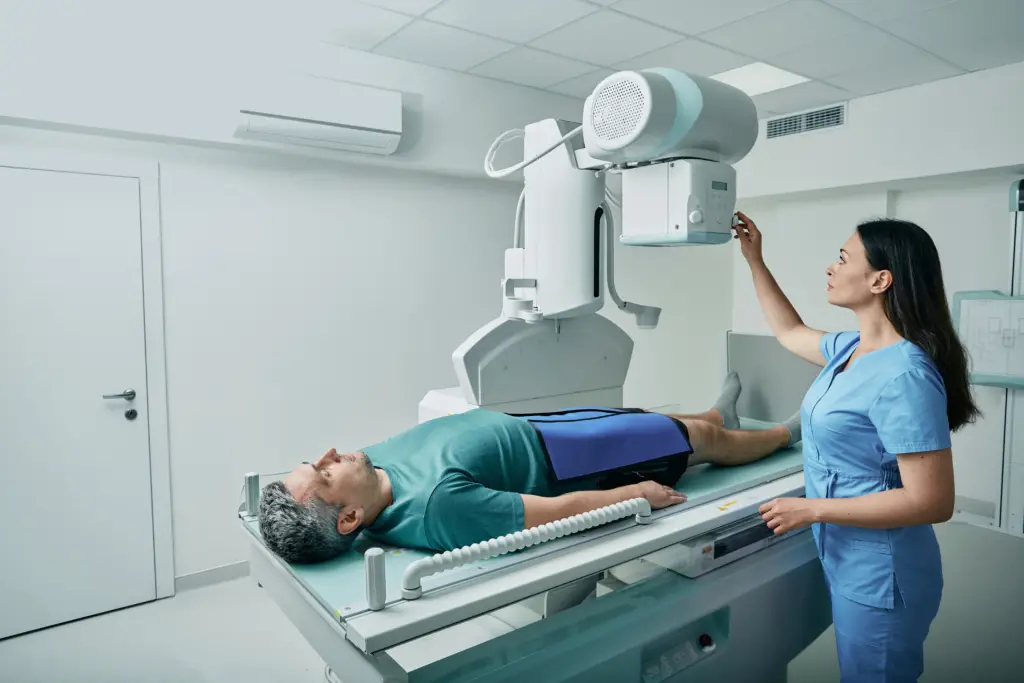Imagine being able to see things invisible to the human eye. That’s the magic of infrared (IR) technology! But where does all this innovation take place?
Enter the IR Lab – a hub for researchers, scientists, and innovators passionate about infrared technology.
If you’ve ever asked yourself, “What is an ir lab?” you’re in for an enlightening journey. This comprehensive guide will answer your questions and more.
What is an IR Lab?
An IR Lab – or Infrared Laboratory – is a specialized facility dedicated to infrared research. Infrared refers to the part of the light spectrum that’s invisible to the human eye but holds vast potential for various applications. These labs play an instrumental role in advancing technology and science.
History and Evolution of IR Labs
Beginning in the 19th century, the discovery of infrared radiation paved the way for numerous breakthroughs. From thermography to night vision technology, the impact of IR research has been far-reaching.
Over time, as the field evolved, there was an increasing need for dedicated spaces to explore the potential of infrared – thus, the birth of IR labs.
Core Components of an IR Lab
Every IR Lab boasts state-of-the-art equipment. Some of the essential components include:
- Infrared Cameras and Detectors: These devices capture and analyze infrared radiation.
- Spectrometers: Instruments that measure wavelengths to identify materials.
- Cooling Systems: Essential for certain detectors to function optimally.
- Analytical Software: Enables detailed data analysis.
- Safety Gear: Since infrared is invisible, specialized safety equipment ensures a secure working environment.
Applications of Infrared Research
From medical diagnostics to astronomy, the applications of infrared research are vast. Some notable uses include:
- Thermal Imaging: Enables viewing temperature variations, useful in medical imaging and industrial inspections.
- Night Vision: Essential for defense and surveillance.
- Art Restoration: Reveals underdrawings or changes in artwork.
- Remote Sensing: Satellite-based applications for environmental monitoring.
The Role of IR Labs in Modern Science
Today’s world is data-driven. IR labs have become the epicenter of innovation as we seek more sophisticated tools for observation and analysis. These facilities bridge the gap between theoretical research and practical applications, driving advancements in medicine, defense, and space exploration.

FAQs
What does IR stand for in IR Lab?
IR stands for Infrared, a part of the light spectrum not visible to the human eye.
How does infrared technology work?
Infrared technology works by detecting infrared radiation, which all objects emit. It then translates this into an image or data that can be analyzed.
Are there any risks associated with infrared research?
While infrared radiation is generally safe, prolonged exposure at high intensities can be harmful. Hence, proper safety protocols are crucial in IR labs.
How has infrared technology impacted the medical field?
Infrared technology has revolutionized medical imaging, allowing for non-invasive diagnostics and monitoring.
What industries benefit from IR labs?
Multiple industries, including medical, defense, art restoration, and environmental monitoring, benefit from the advancements made in IR labs.
Can I visit an IR Lab?
Many IR labs are part of research institutions and may offer tours or open days. It’s best to check with individual facilities.
Conclusion
The realm of infrared research is as intriguing as it is impactful. With their cutting-edge equipment and dedicated researchers, IR Labs continues to push the boundaries of what’s possible. From enhancing medical diagnostics to advancing space exploration, the contributions of these labs are shaping our future.
If you’ve ever been curious about “what is an ir lab?”, now you know – it’s the nexus of innovation in the world of infrared technology.

